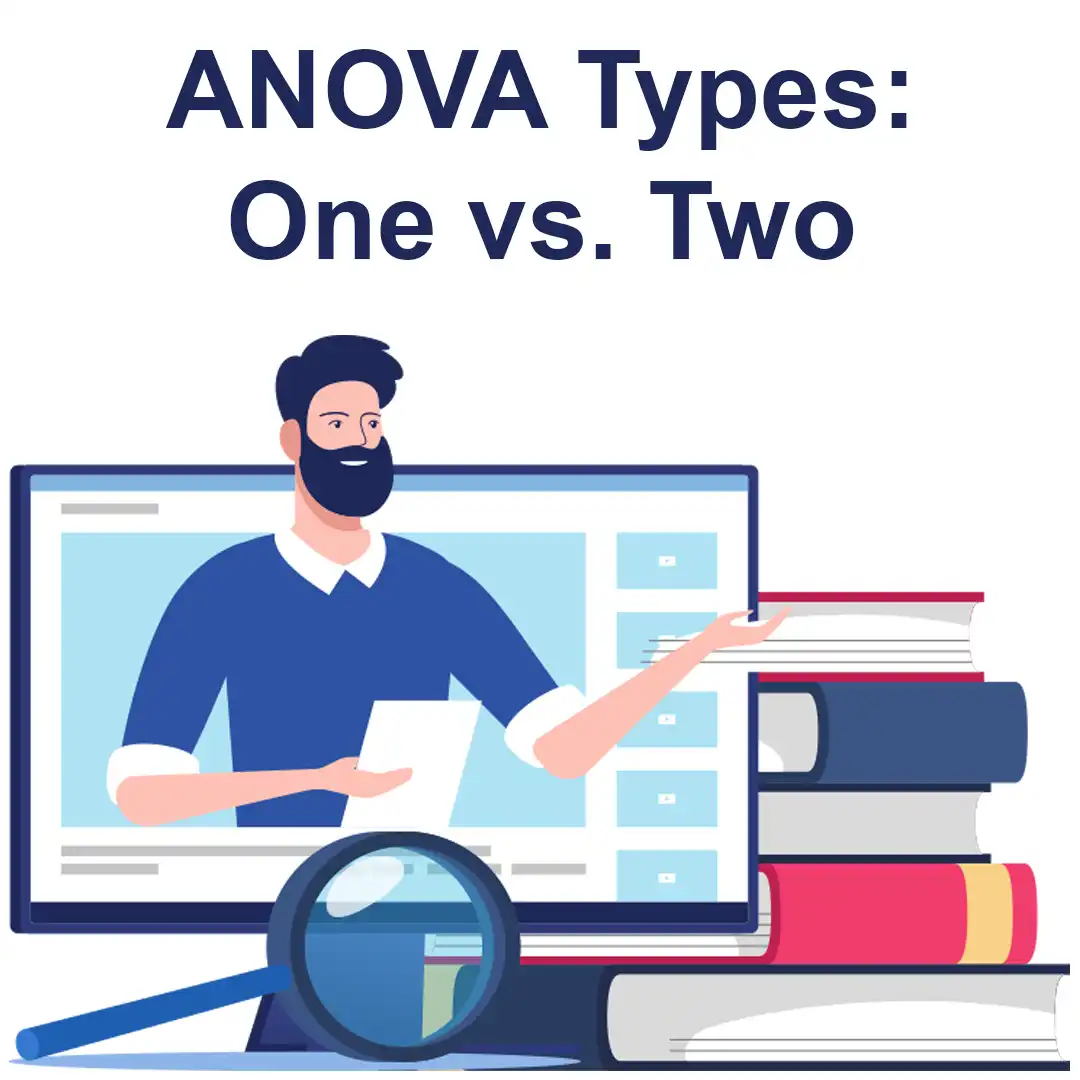One-Way and Two-Way ANOVA
In ANOVA, one-way and two-way simply refers to the number of independent variables in the analysis of variance. Meaning, a one-way ANOVA has one independent variable and a two-way ANOVA has two independent variables.
The other concept you should be familiar with is group levels. These levels refer to the different groups within the same independent variable. For example, if our independent variable is a brand of cereal, the levels might be lucky charms, raisin bran, and cornflakes. Similarly, if our independent variable is calories, the levels might be sweetened and unsweetened.
From our first example in a psychiatric hospital. Let us say we want to test if a combination of alcoholic support group and individual counselling is effective at reducing the level of alcohol consumption. We can split the study participants into three levels:

- Counselling only
- Counselling and medication
- Medication only
Our dependent variable will be the number of alcoholic drinks consumed in a day. You should opt for a nested ANOVA for your experiment if your levels have a hierarchical structure.
In ANOVA, there is also something called replication. It involves replicating or duplicating the test with multiple groups. If you are using 2-way ANOVA with replication, it means you are dealing with two groups and individuals within those groups are doing more than one thing. For example, two groups of students from two elementary schools taking two assessment tests. There would be no need to use replication if you only have one group taking two tests.
Which type of ANOVA should I use for my hypothesis test?
We have already discussed that there are only two types of ANOVA, one-way and two-way tests. We have also mentioned that the two-way test can be with or without replication. You can only use one-way ANOVA if you want to test two groups and see if there is any difference between them. Although a one-way ANOVA may tell you if there’s any difference between the two groups, it will not tell you which of the groups was different. You should run an ad hoc test such as the least significant difference to know which group had a difference in mean.
Two-way ANOVA without replication is effective for one group that is being double-tested. For example, a doctor can test a group of patients before and after they have taken medication to test if the drug works or not. You should consider a two-way ANOVA as an extension of one-way ANOVA. You can use it when you have one measurement variable and two nominal variables. In other words, a two-way ANOVA is suitable for an experiment with the quantitative outcome and two categorical explanatory variables.

The Main Effect and Interaction Effect
The main effect and interaction effect are calculated by the results from a two-way ANOVA. Also known as a simple effect, the main effect is the impact of one independent variable on the dependent variable. It is similar to the one-way ANOVA and considers the effect of each factor separately.
Contrastingly, interaction effects happen when an independent variable interacts with another independent variable on a response variable. These effects are easy to test if each cell has more than one observation.